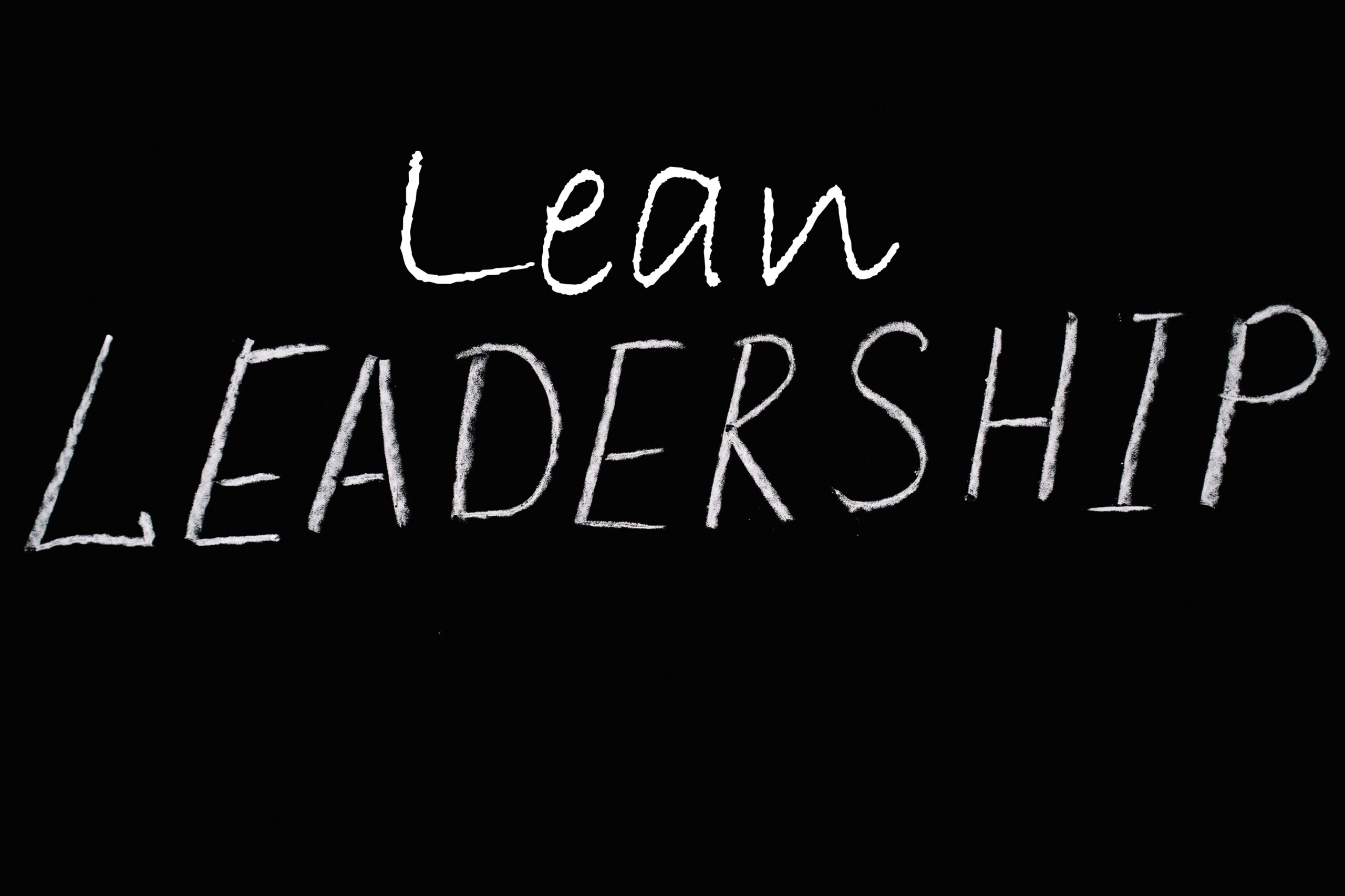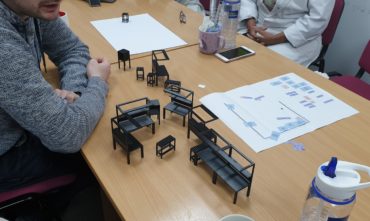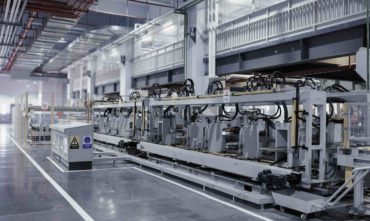
Seven Tips For Being An Effective Lean Leader
Lean Leadership
Lean is about creating a culture of continuous improvement, where everyone—from the CEO to the cleaner—is working together to eliminate waste, cut costs, and improve quality.
Lean is based on a number principles that can be applied at every level. These principles include:
- Eliminate waste through value stream mapping, one-piece flow and standardised work
- Reduce cycle time by visualising how things are currently done
- Standardize everything possible, from processes to parts and equipment used
- Create pull systems to avoid overproduction (Make-to-Stock vs Make-to-Order)
- Build Quality In by eliminating defects through prevention instead of inspection (Poka Yoke)
- Sustain Kaizen (Continuous Improvement)
Focusing on value is your first priority.
The Kaizen Mindset
A kaizen mindset is the basis for lean leadership and practice, which doesn’t always mean continuous improvement.
The idea of continuous improvement is a common misconception. Continuous improvement means that you are constantly trying to improve your processes and products, but it doesn’t mean that you are always making an improvement.
Some people think that they need to be perfect before they can consider themselves “lean” or “continuous improvement leaders.” In reality, lean leadership is about being better than yesterday—and that requires a kaizen mindset.
When you have a kaizen mindset, you’re constantly scanning what’s going on around you, looking for ways to improve: “What can I do right now? What can I do better tomorrow?” It’s not just about coming up with new ideas or projects; it’s also about recognising when something isn’t working as well as it could be and taking steps to get to the root cause and fix it, not just putting a plaster over it!
Leading From The Front, Not The Rear
The traditional command-and-control method of management does not fit within the lean philosophy, but some leaders still struggle to let go of traditional power structures and control mechanisms that don’t serve their people or the organisation very well in today’s working environment.
Some leaders are so accustomed to being the only ones who have access to all the information, they find it difficult to accept that there are times when they need to consult others.
Other leaders are not used to being challenged, so when someone does challenge them, they feel threatened and react poorly, which creates conflict instead of innovation.
Lean leaders know that the only way to truly achieve what they want is by empowering their employees—and by extension, their customers. This also means that you have to empower yourself so that you can lead others effectively.
Identifying Customer Needs For Improved Lean Leadership
Identifying who your customers are and what they value is necessary when you engage in lean and continuous improvement activities.
A good place to start is with a customer-value analysis or voice-of-the-customer. This will help you identify the features and functions that customers truly value, as well as the characteristics that differentiate your product from competitors. In addition to evaluating the needs of current customers, identify potential new customer segments by identifying needs not currently being met by competitors.
Once you have identified certain key features of your product or service, list them in priority order for each of these segments. Then prioritize these features across all segments and compare results—this will allow you to identify potential opportunities for improvement and make sure nothing is left out of your plan.
If possible, involve others from different departments in this process so they can also provide input on how they would rank these factors.
Critical Thinking: Learn To Eliminate Your Problems Forever
It’s easy to get bogged down in the day-to-day grind, and it’s tempting to just focus on what’s right in front of you—especially when there are so many other pressing matters that need attention.
The biggest difference between lean leadership and traditional management is that lean leadership is focused on long-term solutions, while traditional management is focused on short-term results. This means that lean leaders don’t just focus on solving a problem temporarily, but rather they seek out ways to prevent the problem from ever coming up again. This is done by finding the root causes of problems and eliminating them permanently.
It may sound simple, but truly engaging in kaizen requires critical thinking and effort to see past the obvious problems, and focus on the root causes to find long-term solutions that eliminate waste forever.
Kaizen is about eliminating waste wherever it exists, not only in physical processes but also in organisational culture and structure. This means that leaders need to create an environment where employees feel safe expressing themselves freely without fear of reprisal or judgment from management (even if those judgments are well-intentioned).
How The Kaizen Mindset Helps With Business Collaboration
The kaizen mindset is centred on solving problems collaboratively as needed, so no single individual or team plays a more prominent role than others do in generating ideas for improvements.
The Lean Leadership approach is based on the principle that everyone has the ability to improve their own work processes and contribute to business success. This means that leaders at all levels need to be ready to take responsibility for their roles in improving business performance while also encouraging employees to take ownership of their own areas of focus.
Leaders need to realise that by creating an environment where everyone feels comfortable contributing ideas, everyone shares in the responsibility of being able to improve business performance. A key component of this process is creating a culture where employees feel safe sharing their thoughts and ideas without fear of reprisal or negative consequences.
The kaizen mindset is centred on solving problems collaboratively as needed, so no single individual or team plays a more prominent role than others do in generating ideas for improvements that are then implemented for better performance.
How Self-Aware Lean Leaders Succeed
The most effective lean leaders are those who understand themselves exceptionally well. They know their strengths, weaknesses and passions, and they use that knowledge to their advantage.
When you’re a leader, it’s important to be able to balance your own personal needs with the needs of your team. The best lean leaders do this by taking time to reflect on how they personally feel about a particular issue before acting on it.
In addition, they work hard to understand each individual member of their team so they can provide them with an environment that is conducive to success.
Additionally, check out our sister company New Way Growth and their ‘Helping Managers to Lead and Succeed‘ programme.
More Blog Posts







To leave me a message or book a return call at a time that suits you








